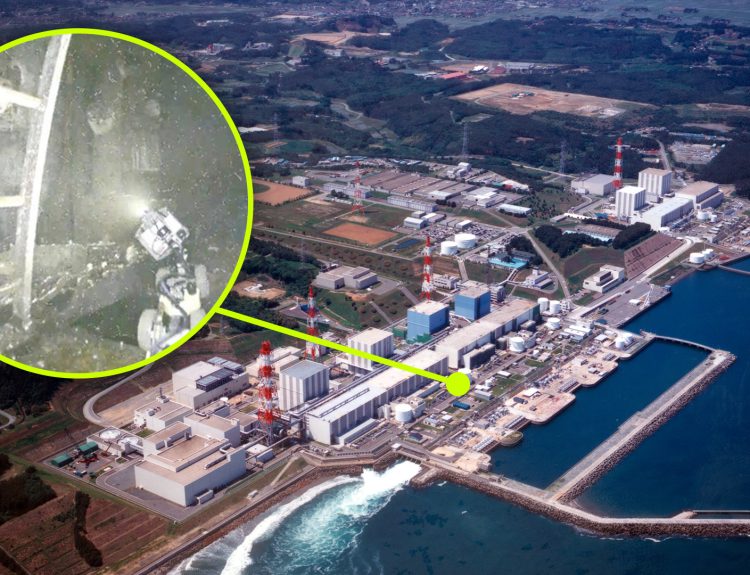Santa Clause is one of the most beloved childhood stories that we’re taught as kids. The Easter Bunny, Tooth Fairy, and even Leprechauns all pale in comparison to Santa’s fame and the cultural fondness we have towards him, and many people have spent years puzzling over where the “myth” of Santa comes from. There is a tradition at NORAD, though, which has followed the movements of the “real” Santa for over sixty years.
Some Backstory on NORAD
The story behind NORAD tracking Santa is a good one, and goes back over sixty years. For those who don’t know, NORAD is North American Aerospace Defense Command, and organization of the United States and Canada that works to provide collective protection over the airspace of the North American continent.

NORAD responsibilities have been administratively split into three separate regions, the Alaska NORAD region (ANR), the Canadian NORAD Region (CANR) and the Continental U.S. Region (CONR). The Canadian and Continental U.S. regions are also split into east and west portions, allowing for more manageable division of duties.
Various Military Duties for One Organization
NORAD’s duties involve monitoring the various airspaces of the command in order to keep an eye on foreign objects and potential invasions from other countries. It was first recommended in 1956 and approved in 1957, where it is constantly headed by a commander of the United States military.

One of the duties that has been taken on by NORAD is the tracking of the so-called “real” Santa Claus, which first began with a phone call in 1955. That winter, the phone of Colonel Harry Shoup rang at his office at the Continental Air Defense Command (CONAD.)
Monitoring for the Cold War
At the time, the United States was in the midst of heavy monitoring of the sky, looking for incoming Soviet Union attacks by air. The colonel’s phone ringing could have had major security implications, requiring a call to the Strategic Air Command.
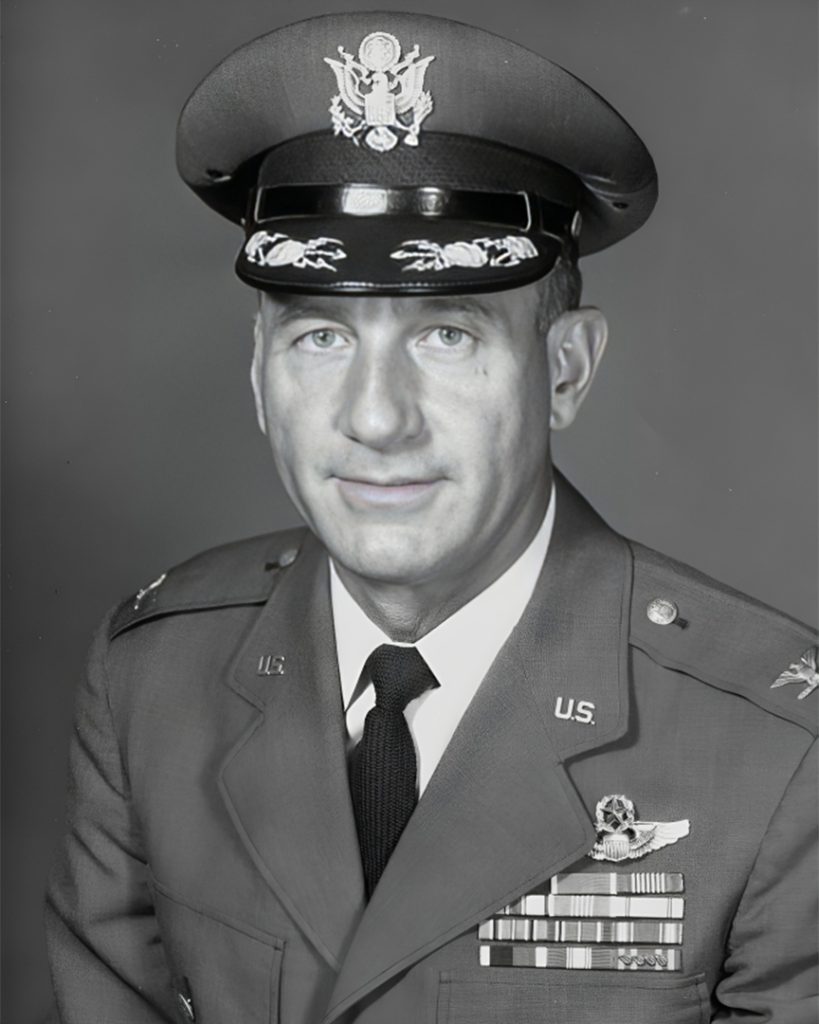
When he answered the phone, though, instead of a warning about a Cold War-era attack, he was met with the voice of a little boy, asking if he had reached Santa Clause. Shoup was a little confused, and responded that there may be a real Santa Claus, but that wasn’t who he was worried about from the North.
A Misdial Leading to a Cultural Staple
The entire story starts with a misdial. That year, Sears sent out an ad that was asking for shoppers to call the “real” Santa Claus and speak to him on his personal number. The ad, knowing their audience, even made sure to tell the kids to be sure to dial the correct number!
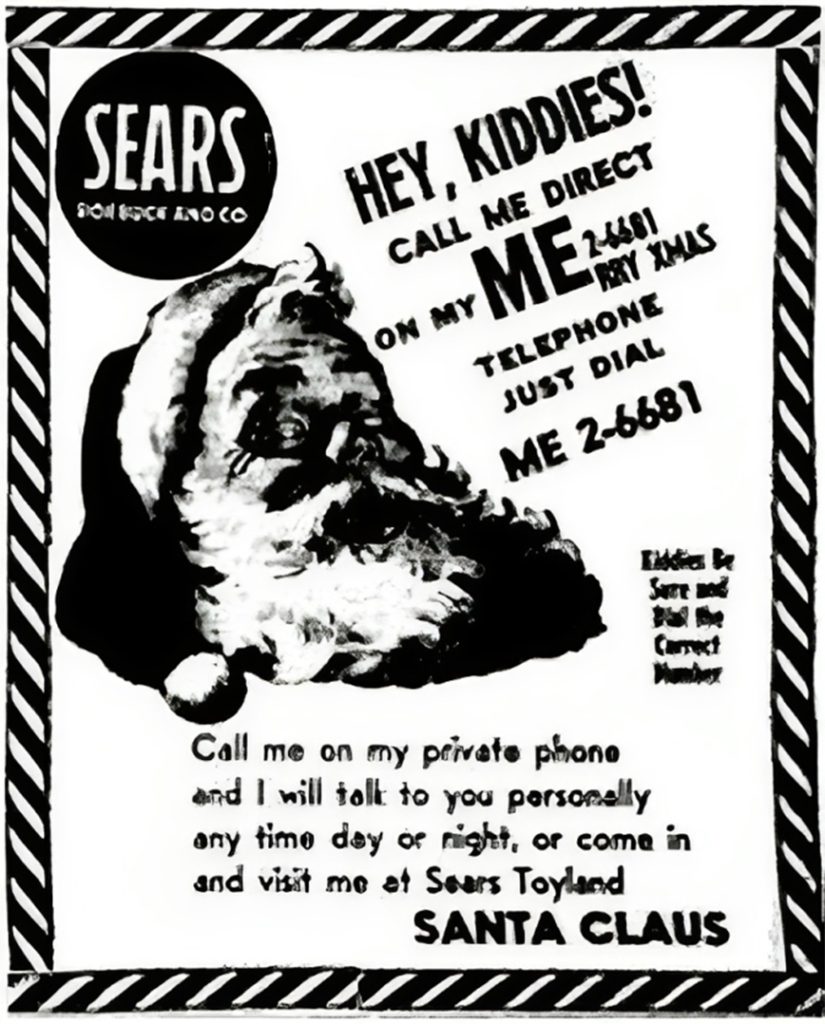
One sweet little boy did not heed the warning on the ad, and misdialed the number for Santa, inadvertently reaching Colonel Shoup instead. The misdial turned into a little joke at CONAD, with the organization adding Santa’s sleigh to their map of watched unidentified aircrafts and releasing a statement to the public that they would protect Santa against other air threats.
NORAD Took Over in 1958
While the report of tracking Santa’s sleigh did carry some levity, it was largely a PR statement that was used to emphasize the importance of air defense at such an uncertain time for the US. CONAD leadership was called the following year to be asked if they were going to continue to track Santa’s whereabouts, and they said that they were.
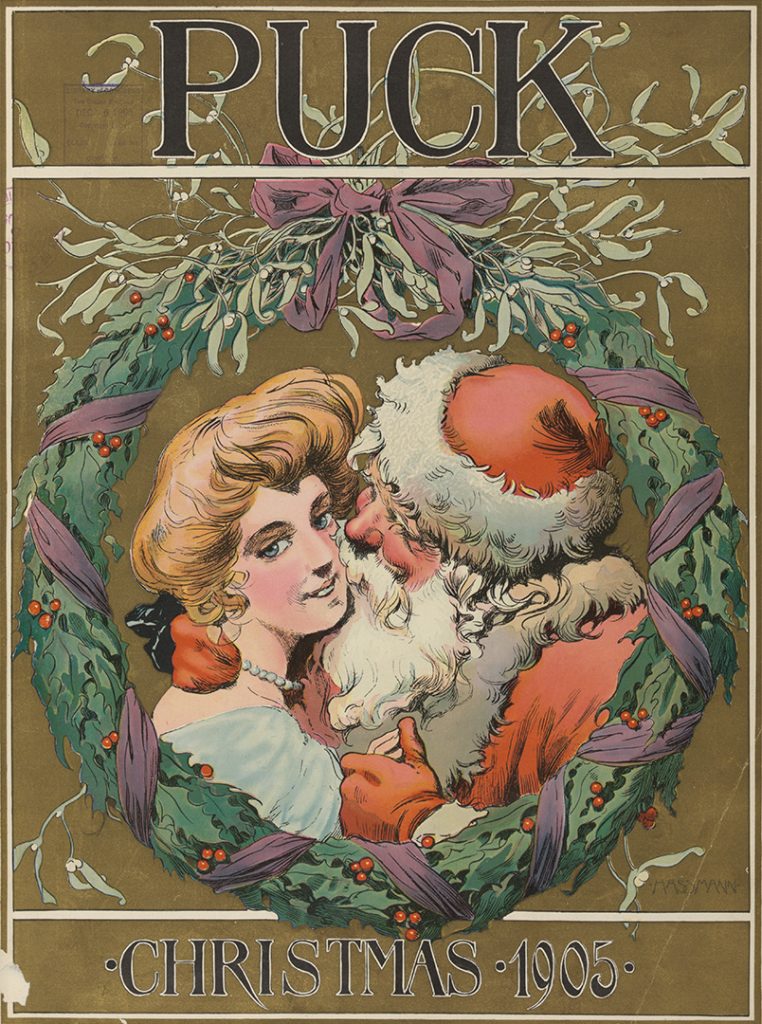
In 1958, the first year that NORAD performed active air monitoring duties for the United States, they proceeded to take over Santa’s monitoring. They continued to grow the tradition through the 60’s, sending radio reports of Santa’s whereabouts for their young listeners to encourage the festivity of the season.
Different Ways to Track Santa
Through the 1970’s and 80’s, the ways of monitoring Santa evolved with new technology. In the 70’s, there were Santa tracker commercials to keep viewers informed of Santa’s flight across the skies. By 1997 with the advent of the early internet, the Santa Tracker was put online, launching a website that many young people are still familiar with today.

The way that NORAD tracks Santa over the years has changed as well. Where they first monitored him through a plexiglass board where they listed all their watched air targets, now they use a combination of radar, satellites, and jet fighters to keep track of Santa. Both the Canadian and United States factions of NORAD release statements of how they keep track of Santa, keeping the tradition alive.
Volunteers Make the Tradition Happen
The Santa tracking program relies on volunteers to help man the phones and the live internet chat that NORAD maintains for the tradition. These volunteers feel so strongly about the tradition that people have shown up year after year in increasing numbers, despite various circumstances that might have prevented it.

For instance, in 2018 during the United States government shutdown, more than 1500 volunteers showed up to monitor the phones despite the lack of government funding. In 2020, NORAD announced that they would continue to maintain the website despite the minimal staffing that they were keeping during the pandemic, and some callers who attempted to reach the phone line were sent an automated message.
A Important Tradition that Makes Us Happy
The history of the winter Santa tracking program is fascinating, filled with nods to current events and the indulging of a little boy who just wanted to talk to Santa. The misdial to CONAD could have been a silly story lost to time, but instead it blossomed into a nationwide phenomenon that brings thousands a little bit of joy every year.
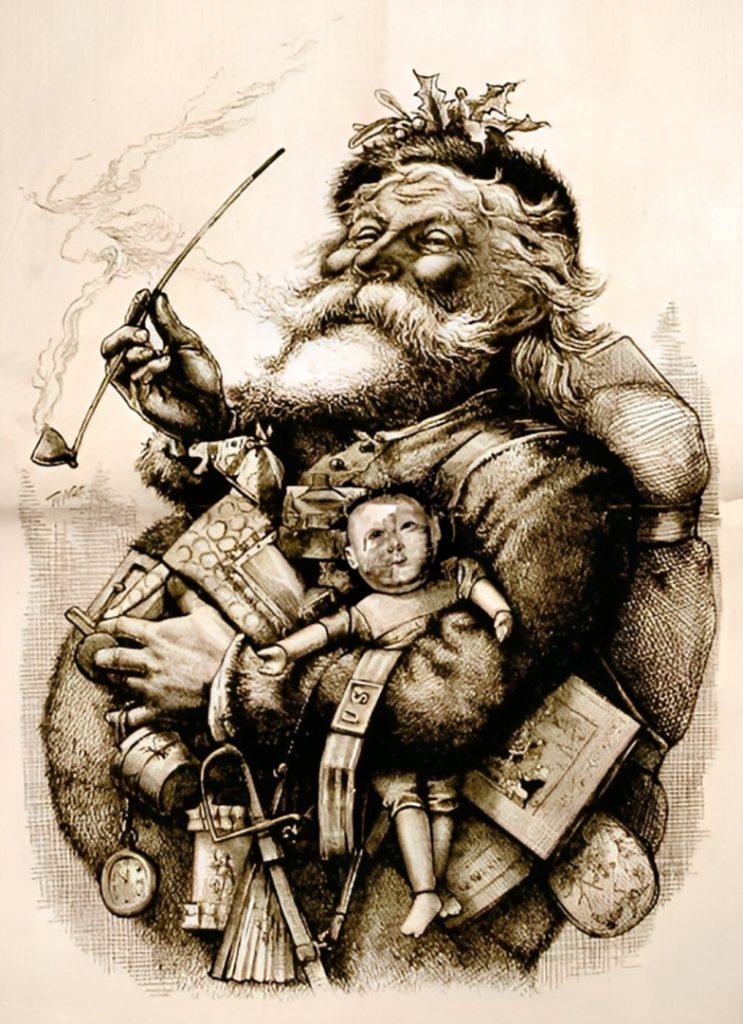
It’s a sweet fabrication that makes children smile every year, the same as Santa’s in malls do. At a time of year where finances and family stress could bring down the mood, it’s important to remember the small things that bring happiness. Volunteers speaking on behalf of the real Santa to thousands of children is one of those things that not only makes us smile, but also restores a little bit of hope in humanity.




